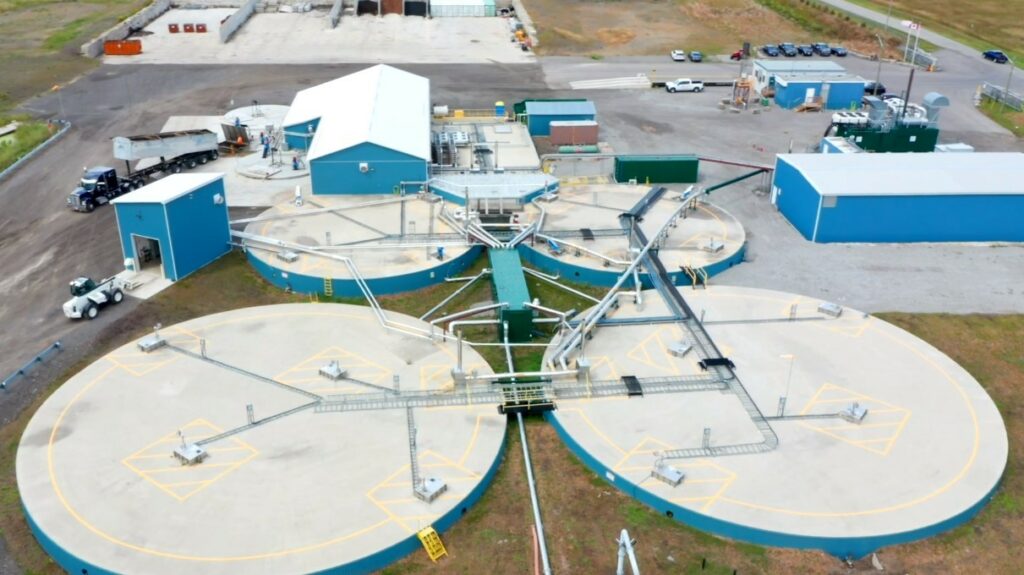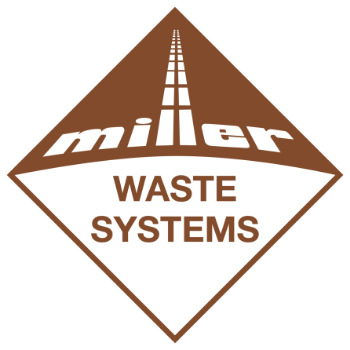We hear and see many terms related to responsible waste management, but it can be difficult to discern the difference between them and how each kind of product will impact our environment once it’s thrown away.
Take the labels “compostable”, “biodegradable”, and “recyclable,” for example; though they may seem interchangeable, there are several important distinctions between the three terms that are important to consider when making a purchase and deciding where to toss the item at the end of the day.
What Does “Compostable” Mean?
Compostable materials will break down into natural, non-toxic elements (water, carbon dioxide, and biomass) under controlled conditions.
With the right mix of micro-organisms, humidity and heat will yield finished compost products.
Common examples of compostable materials are food scraps, pet food, uncoated napkins, paper plates and paper towels that do not contain cleaning chemicals.
To be considered compostable, the material leaves no visible, distinguishable, or toxic residue after breaking down.
Composting can occur with or without oxygen (aerobic versus anaerobic).
Aerobic (or turned windrow) composting involves arranging organic waste into windrows and adjusting the moisture, temperature, and oxygen levels to create the optimal conditions for micro-organisms to break down the organic matter and yield compost.
This method is ideal for recycling large volumes of organic waste generated by entire communities, including leaf and yard trimmings.

A bulldozer transports bags of yard waste in a Miller Compost facility
Anaerobic digestion occurs when micro-organisms break down organic matter in the absence of oxygen, yielding biogas (that can be combusted into renewable heat and electricity) and a liquid called digestate that can be land-applied as an alternative to traditional fertilizer.

Organic waste is broken down by organisms in large vats at Escarpment Renewables, Miller’s green energy facility.
What Does “Biodegradable” Mean?
Biodegradable material will also break down when exposed to micro-organisms. According to this definition, almost everything is biodegradable; however, products labelled as biodegradable have been designed to decompose quickly into organic elements that can re-assimilate with the natural environment. For example, biodegradable plastic is plant or mineral-based rather than petroleum-based.
Under controlled conditions, for example, biodegradable plastics can decompose in three to six months, as opposed to regular plastic, which can take up to 200 years to decompose.
Some examples are biodegradable plastic bags, plastic packaging, and disposable tableware.

Biodegradable cup and cup holder.
What Are The Main Differences Between The Two?
The key difference between compostable and biodegradable items is the result of the decomposition process: in the right environment, compostable material will produce nutrient-rich soil conditioners, including compost, mulch, and humus.
These products not only help plants grow healthy and strong but helps soil retain moisture, which controls flooding and prevents erosion. Also, because they are “alive,” they can absorb carbon from the atmosphere.
Compostable material will only produce organic material when it degrades, whereas biodegradable will degrade into organic and inorganic compounds, some of which, including metal and micro-plastics, can pose a threat to the environment.
In other words, all compostable material is biodegradable, but not all biodegradable material is compostable.
Also, compostable products use less water, require less energy, and emit fewer greenhouse gases during the manufacturing process than biodegradable products.
Can Biodegradable Plastic Be Recycled?
No, biodegradable items cannot be recycled because they can contaminate or damage recycling equipment and were not originally designed to be re-manufactured into new products. Rather, they were designed to re-assimilate into nature and can only do with the right mix of heat and humidity, which recycling facilities do not provide.
You should dispose of biodegradables in the trash can; yes, it will end up in a landfill, but it will decompose faster than plastics made from oil or natural gas.
Knowing the key differences between compostable and biodegradable materials can inform the kind of products we purchase and how we ultimately dispose of them. Compostable material has a lower overall impact on the environment; however, choosing biodegradable material over traditional plastics can help you reduce your carbon footprint, too.
